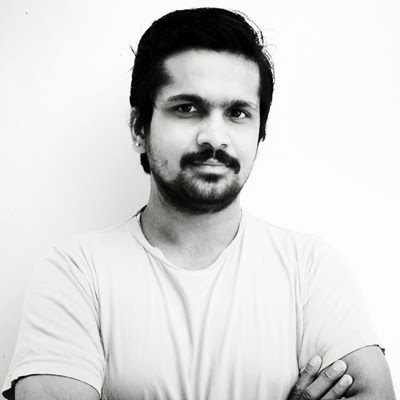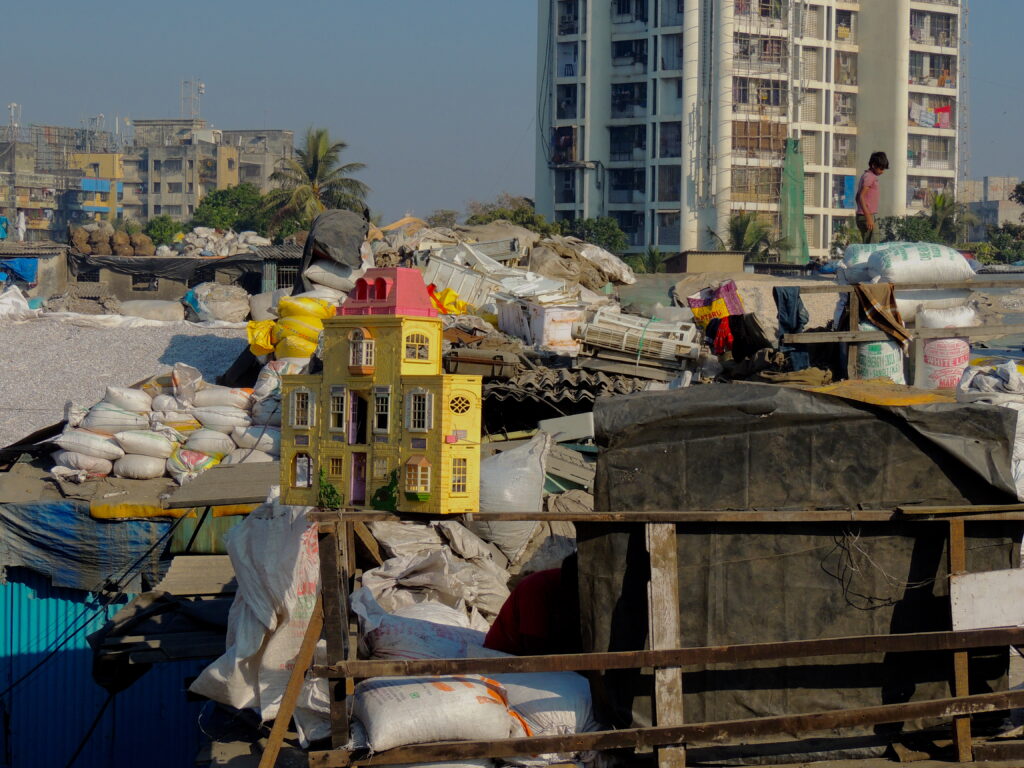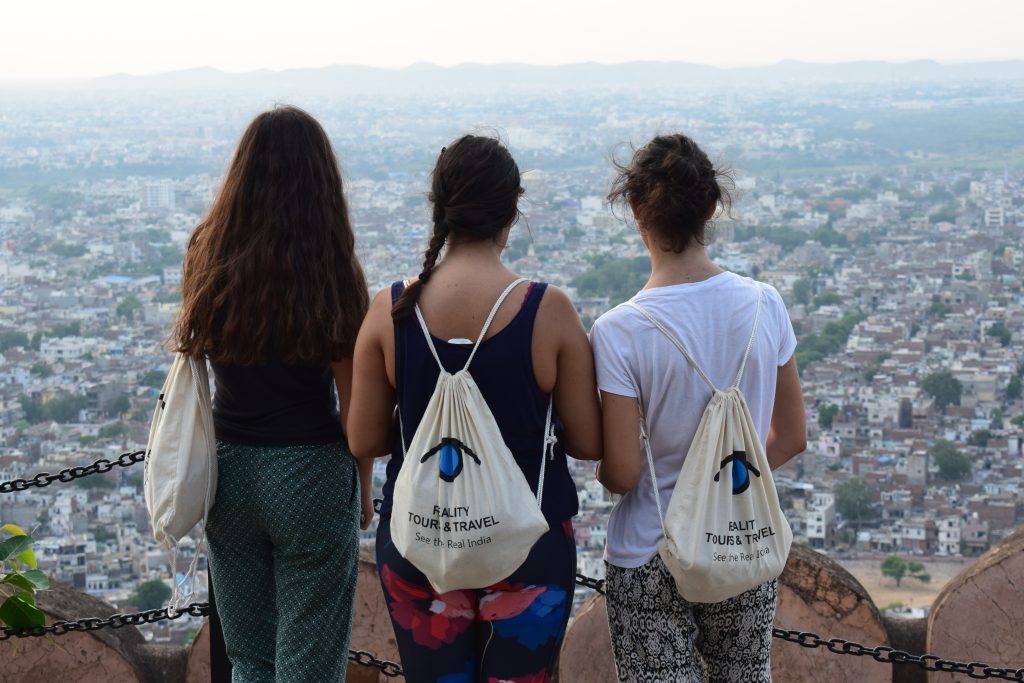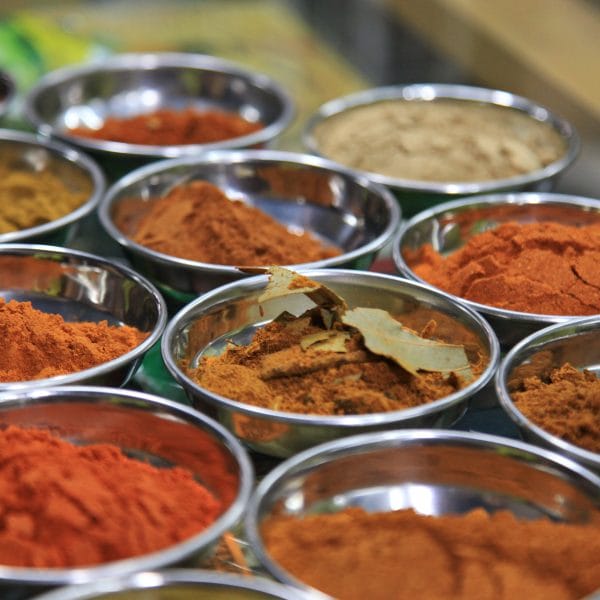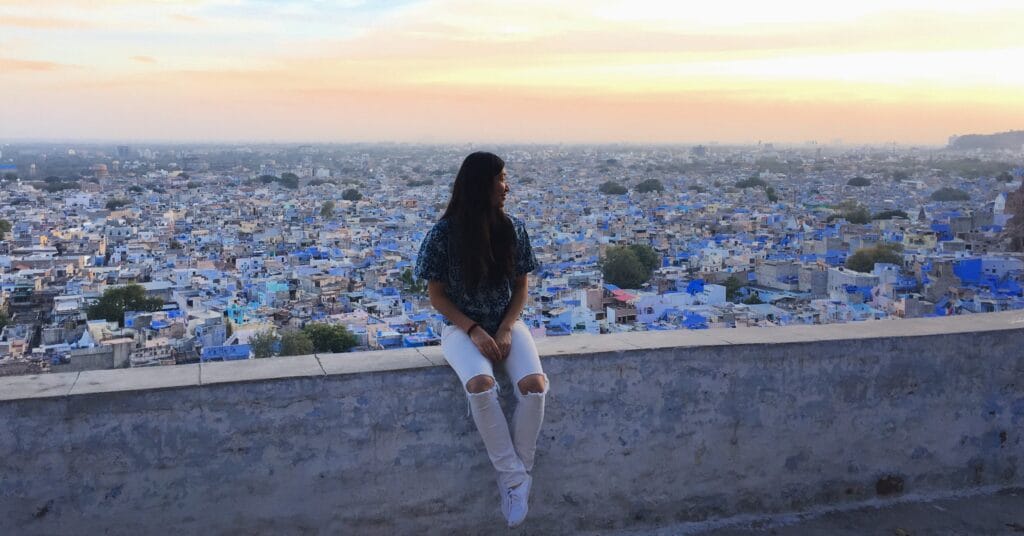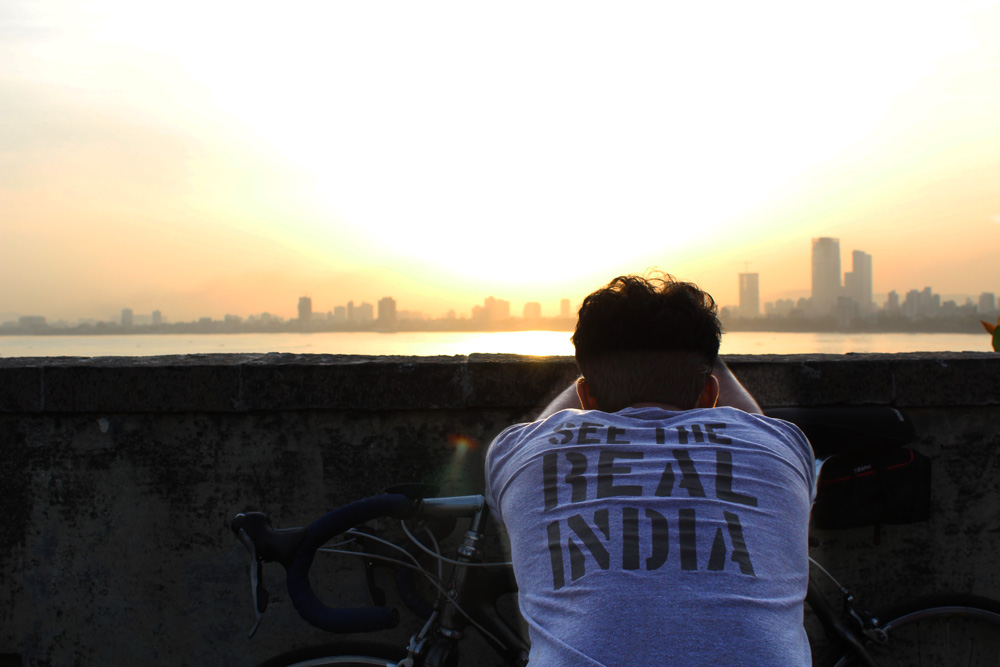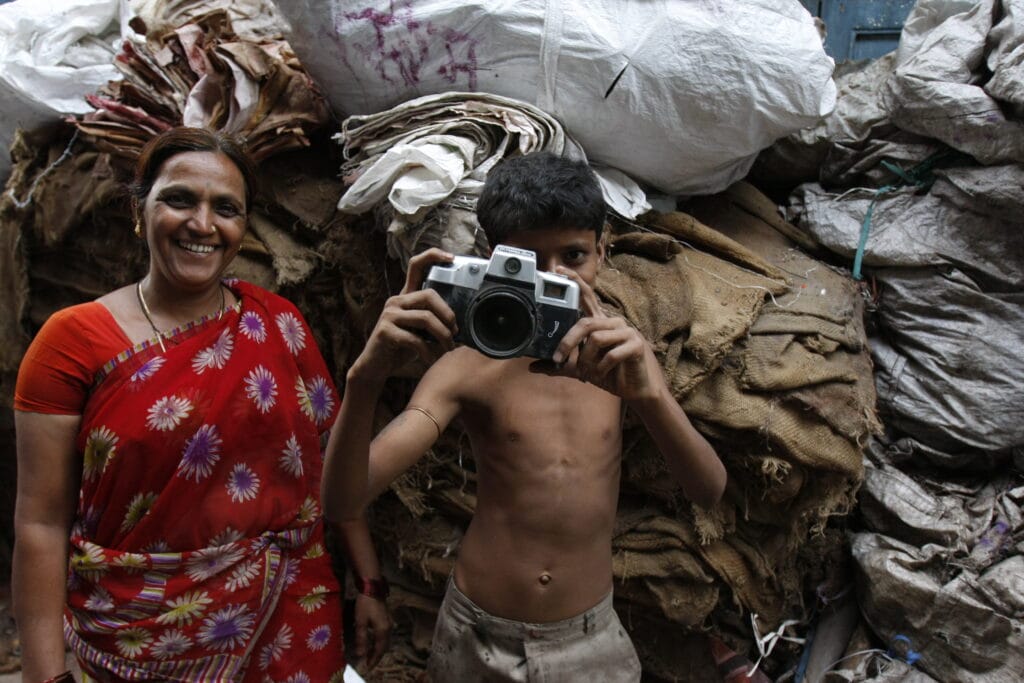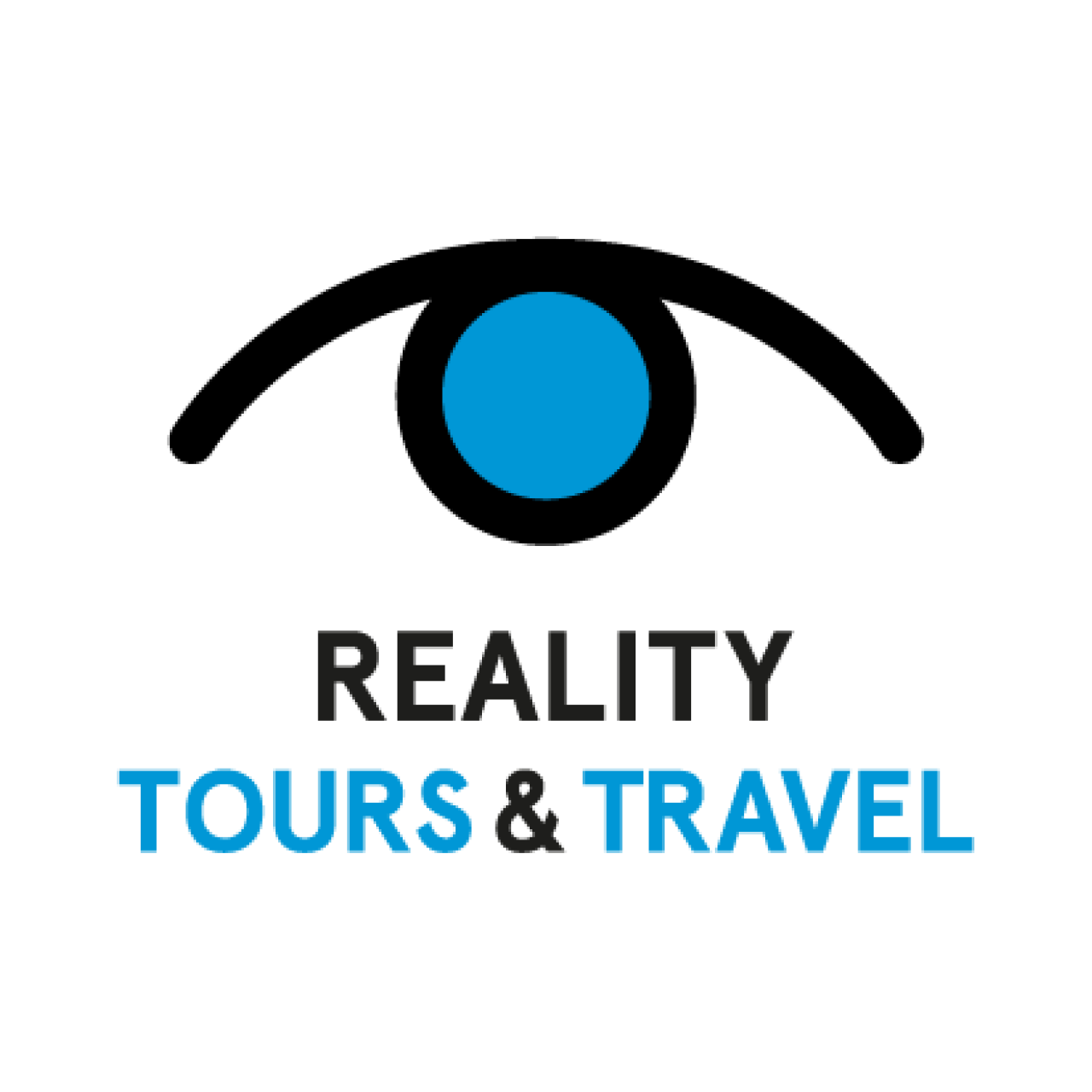Please introduce yourself. Where did you grow up? What were you doing before joining Reality Tours?
My name is Ravi Mishra. I grew up in Bhopal in Madhya Pradesh but I ran away from home when I was 13 because of issues at home. I picked a train at random and ended up in Navi Mumbai. It was my first time in a big city, everyone was rushing and it was only 4 or 5am! I didn’t know anyone and didn’t have any money but I managed to find a few odd jobs in Navi Mumbai because I was good at writing and math. Later I learned how to ride a motor bike, so then I could get a job as a delivery boy. I worked for a few restaurants and in a fashion store before I shifted to Colaba in South Mumbai. I worked for McDonald’s there and a courier service. At this time an NGO helped me get enrolled in secondary school and I was able to graduate a year later.
How did you find out about Reality Tours and why did you decide to join?
I wasn’t happy with the restaurant or delivery jobs, they didn’t seem like a place for me. While I was studying I had a roommate who was a guide and every time we saw him he always had stories about who he had met. I liked this and so the idea of being a guide was already in my head.
While I was working in Colaba, I saw a poster on the wall for a job with Reality Tours. I interviewed with Chris and Krishna (it was only the two of them at that time). I could speak English but still needed to improve, they gave me the job. Then I started doing the tour of Dharavi that started in Colaba. I really liked this tour because I got more time with the guests and I was able to tell them about Mumbai in general before going to Dharavi.
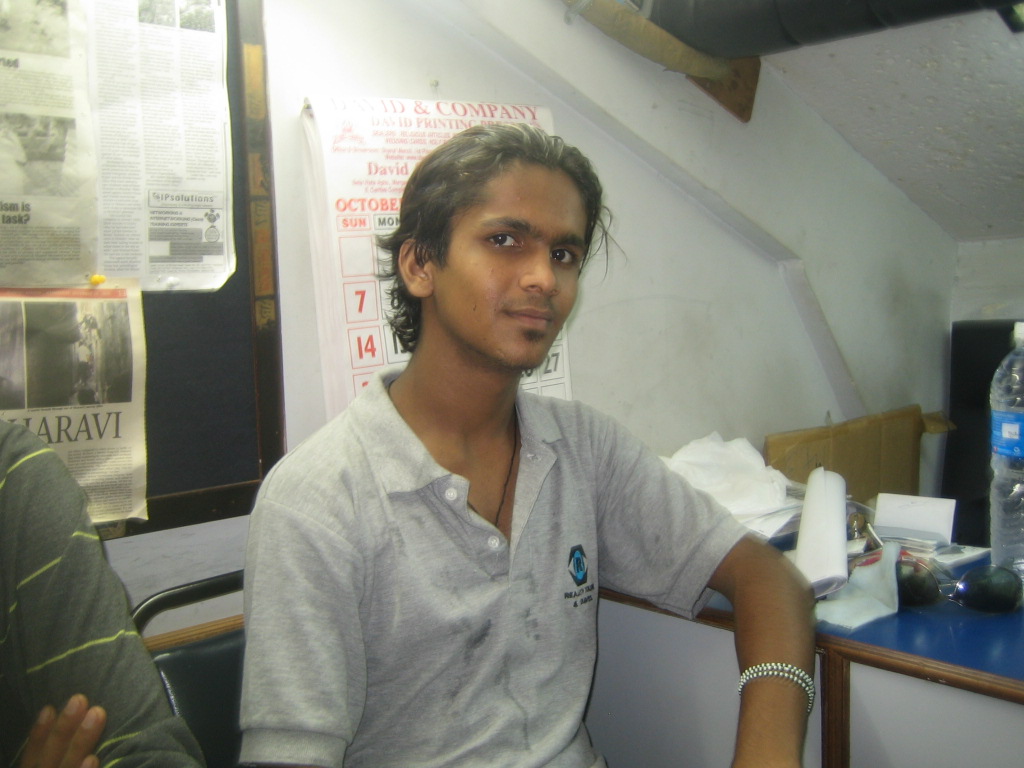
How was your experience giving the Dharavi Tour and working with Reality Tours?
I enjoyed this every time I did this. Every time it was like the first time. I think it was because of the people. Every time I had different people on the tour and the tour itself was different every time. You always meet and talk to different people. For me it was like visiting relatives and everyone was happy to see me when I walked through. I speak several dialects from Uttar Pradesh so I was able to make lots of friends in the industrial area who came from there.
I also liked that Krishna approached the community with humility and respect. This is not an approach I had seen before, but it was nice and helped us get to know everyone there. I also loved the job because I got to practice my English for free!
What skills did the job help you develop?
English was definitely one. I could speak before but this job helped me improve. I also picked up slang and new words from all over the world.
And more important was learning people skills from Krishna — how to interact with people. This was the most important thing I learned.
The job also gave me a bigger exposure. I was meeting people from across the world: from UK, Germany, South Africa, etc. I was learning about different cultures. I learned how different people behave, dress, speak etc. These are things that aren’t in school or books.
What did you do after you worked for Reality Tours?
First I became a Bollywood film recruiter because I had contacts in Colaba and it allowed me keep contact with foreigners. My experience at Reality made me very good at approaching people and successful at this job. I was also able to earn good money. I did this for about one year. I wasn’t enjoying this job as much as being a guide in Dharavi because I didn’t get as much time with the people. Before I got 4-5 hours to talk with them and now it was about 15 minutes. But during this time I was approached by photographers to help gain access and to translate. I enjoyed this much better, I was as happy as when I was a guide.
One of these photographers, Adrian Fisk, told me that I was very good at this and told me that there is a profession called fixing and there aren’t many in India but it is a good and interesting profession. He also gave me his back up camera to take some pictures. When he was back home and saw my photos he said I was good and should try photography if I get a chance.
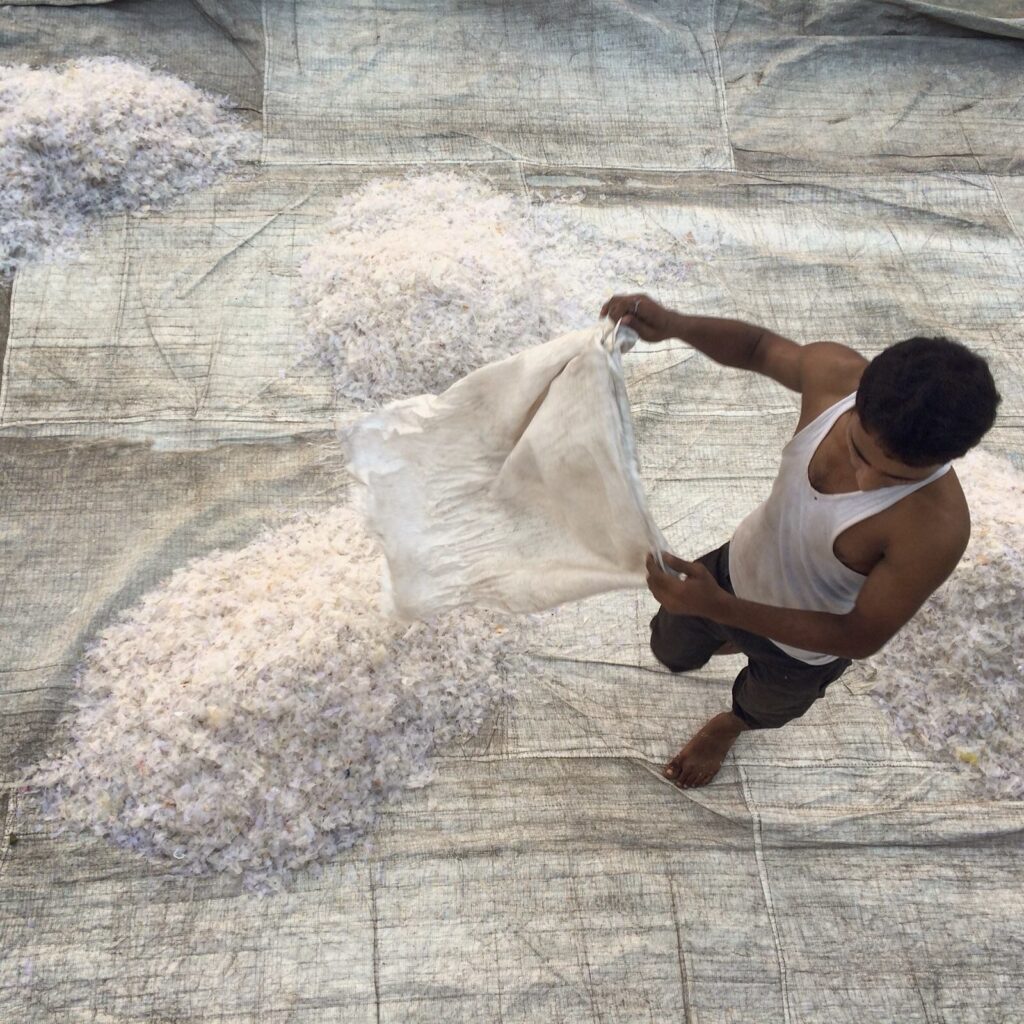
Another photographer, David Gould, told me about social networks. He created an account for me on Lightstalkers.org, a site that doesn’t exist anymore but it was a site for fixers, journalists, photographers, translators, etc. He also created my account on Facebook. He gave me an old camera when he left. Pentax ME super was my first camera, I still have it. I started taking pictures.
Lightstalkers helped me get a lot of calls and through the website and word of mouth I became a proper fixer. I worked non-stop, I accepted every assignment I could. I would start before the sun came up and end after dark. And I always had great experiences with the photographers (touch wood). And I also got great references.
In 2009 I met my future mentor, Daniel Berehulak. I helped him with a project in Mumbai and I told him I was interested in photography. He worked for Getty Images and was based in Delhi. After he got back he sent me an email and invited me to come Delhi and work with him.
So in 2010, when I was 20, my life basically changed. I went to Delhi and now it has been 6 years. I’ve worked with all the major news channels and publications (for example, BBC, CNN, LA Times, ESPN, AP, Getty, TIME) as well as some large non-profits: Save the Children and WaterAid.
Being a fixer, I was able to observe all of the top photojournalists and best photographers and see how they work. And when I told them I was interested in photography they would tell me things. This helped me become the photographer I am today.
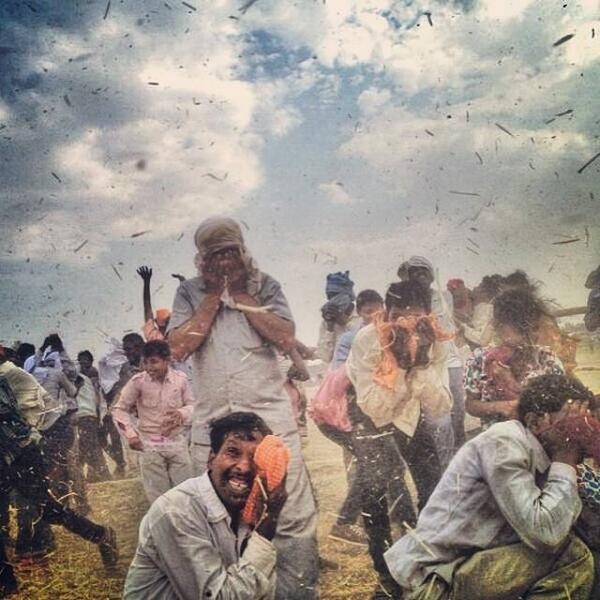
What are you doing now and what do you want to do in the future?
Now I’m mostly known for covering women’s issues – domestic rape, acid attacks, child trafficking. I also like human interest stories. For example, I covered some stories following the Nepal earthquake and was overwhelmed by the donations that came in response to the photos and story.
And for the future, I enjoy photography, but my goal is to become a producer. As a producer I’ll have more authority and control to draw attention to the stories I would like to tell. I can choose how it is framed. I’ve always been interested in people, unsung heroes. For example, the girls football program run by Reality Gives. That’s a very strong and interesting story that I would like to cover. I want to be able to go to places like Nepal and draw international attention to issues like female trafficking and the rise of sex tourism there.
I also hope to one day settle in Darjeeling and open a café for my retirement.
